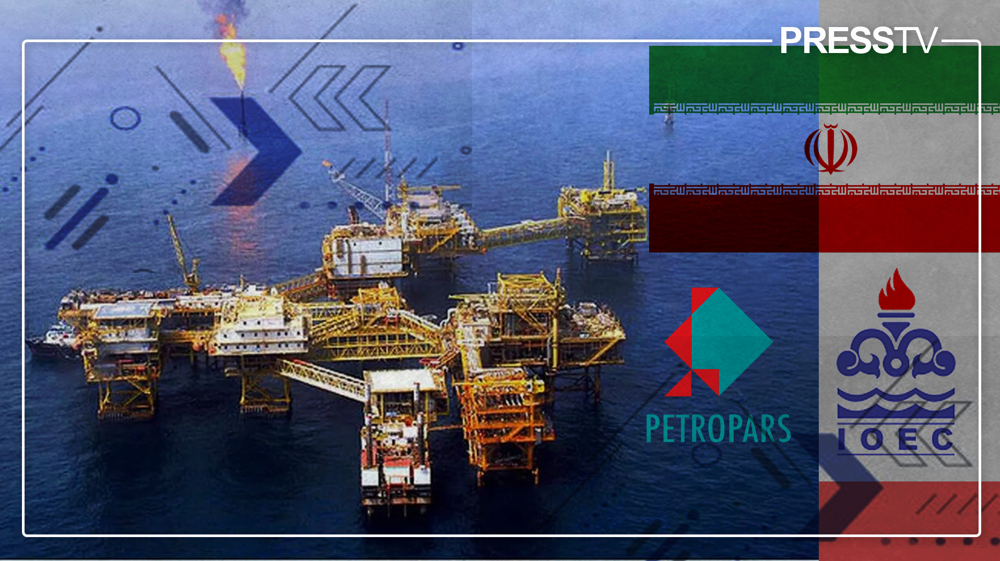
On Saturday it was announced that Iranian companies will soon begin drilling at the strategically important Farzad B gas field in the middle of the Persian Gulf.
The development marks a rare breakthrough for the country’s energy sector after years of delays, sanctions pressure and missed opportunities.
It signals that Iran has finally gained the technical confidence and institutional capacity to push ahead with one of its most complicated shared fields without relying on hesitant foreign partners.
Farzad B lies near the maritime border with Saudi Arabia, close to Farsi Island, in a geologically difficult zone known for high pressures, high temperatures and fractured formations. Those conditions make it significantly more challenging to develop than South Pars, the country’s flagship offshore field.
Yet for nearly two decades, Farzad B remained stuck in negotiations, mostly with Indian companies that once planned to produce gas there and turn it into LNG for export. Each time political conditions shifted, the project stalled.
India pulled out during the first round of sanctions, returned briefly once sanctions were eased, and again withdrew during the Trump-era restrictions even after Tehran accepted New Delhi’s terms, including dropping its LNG ambitions, to keep the partnership alive.
While Iran waited, Saudi Arabia moved forward. Working with a Canadian-led consortium, it began producing gas from the shared field in 2015 and lifted output to roughly 34 million cubic meters a day the following year.
That imbalance carried economic consequences. Iran holds about 70% of the reservoir, and in shared fields, the country that produces less risks losing pressure in its part of the formation, allowing gas to migrate toward the neighbor extracting more aggressively.
In a period when Iran’s domestic demand has been rising and supply strains have become increasingly visible during winter peaks, the long delay at Farzad B was more than a strategic concern. It risked turning a national asset into a gradually shrinking one.
The administration’s response has been to push a broader strategy that focuses on shared fields as part of strengthening economic resilience. It has already delivered results in South Pars, where Iran eventually overtook Qatar in daily extraction, and in the West Karun region along the Iraqi border.
Bringing Farzad B into full development is now seen as a key part of that policy. With foreign partners unable or unwilling to commit, the government turned inward.
In 2017, the National Iranian Oil Company assigned Petropars to manage the project under a master contract covering subsurface analysis, conceptual design, drilling oversight and preparation for full field development.
The decision was a gamble on domestic capacity at a time when sanctions limited access to global finance, equipment and specialist technology.
But it also reflected a shift in economic planning; rather than wait for sanctions relief and return of foreign investors, authorities pushed national contractors to take the lead on the $1.78 billion project.
Over the past two years, that shift has produced visible results. Most notable is the completion and offshore installation of the 2,650-tonne jacked designed and built inside Iran by local companies.
The operation, led by Petropars and executed by the Iranian Offshore Engineering and Construction Company, required a level of engineering competence that industry analysts once assumed was out of reach for domestic firms working without international support.
The roll-up and installation at sea under demanding conditions demonstrates that Iran can carry out heavy offshore construction at a standard that matches global norms.
The technical hurdles go beyond the platform. The gas composition at Farzad B requires advanced metallurgy and specialized alloys for safe transmission. Laying the offshore pipeline is considered one of the most difficult marine engineering challenges attempted in the country.
Processing the high-pressure, high-temperature gas adds another layer of complexity. Yet Iranian engineers say they have now developed the design, equipment sourcing and operational planning needed to manage those conditions.
For a sector accustomed to relying on international contractors for the most complex offshore work, this represents a meaningful shift.
There is also momentum onshore. Officials have finalized the site of the gas processing plant after a series of environmental, geotechnical and risk assessments that included natural hazards, social and economic impact, access to infrastructure and proximity to offshore installations.
The level of preparatory work reflects a determination to avoid the kind of planning weaknesses that contributed to earlier delays.
The expected economic impact is significant. Once operational, Farzad B is projected to add roughly one billion cubic feet of gas per day to Iran’s supply.
That increase matters for a country that has struggled at times to meet domestic demand, manage seasonal shortages and maintain output in aging fields. It also reduces the risk of further reservoir losses to Saudi Arabia and helps safeguard Iran’s majority share of the field.
The project has become a symbol of the benefits of investing in domestic engineering capacity rather than waiting for foreign partnerships that may be derailed by geopolitics.
Petropars, once a secondary contractor in joint projects, has emerged as the emblem of that approach. Its leadership of Farzad B is evidence that Iranian firms can handle highly complex offshore developments even under sanctions and with restricted access to global suppliers.
The recent progress has pushed Farzad B past the stage of plans and declarations into active development.
For an economy navigating sanctions, rising energy needs and long-term pressure on shared fields, that shift marks a phenomenal achievement.
